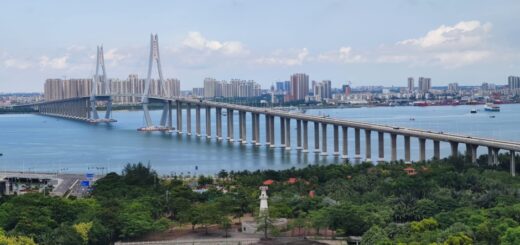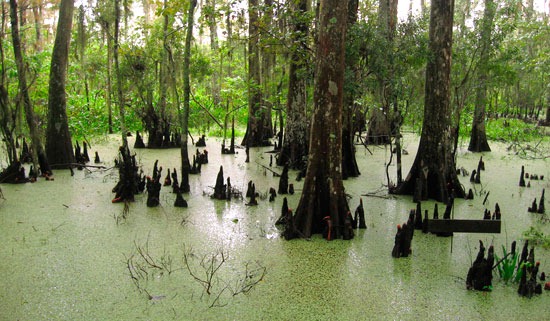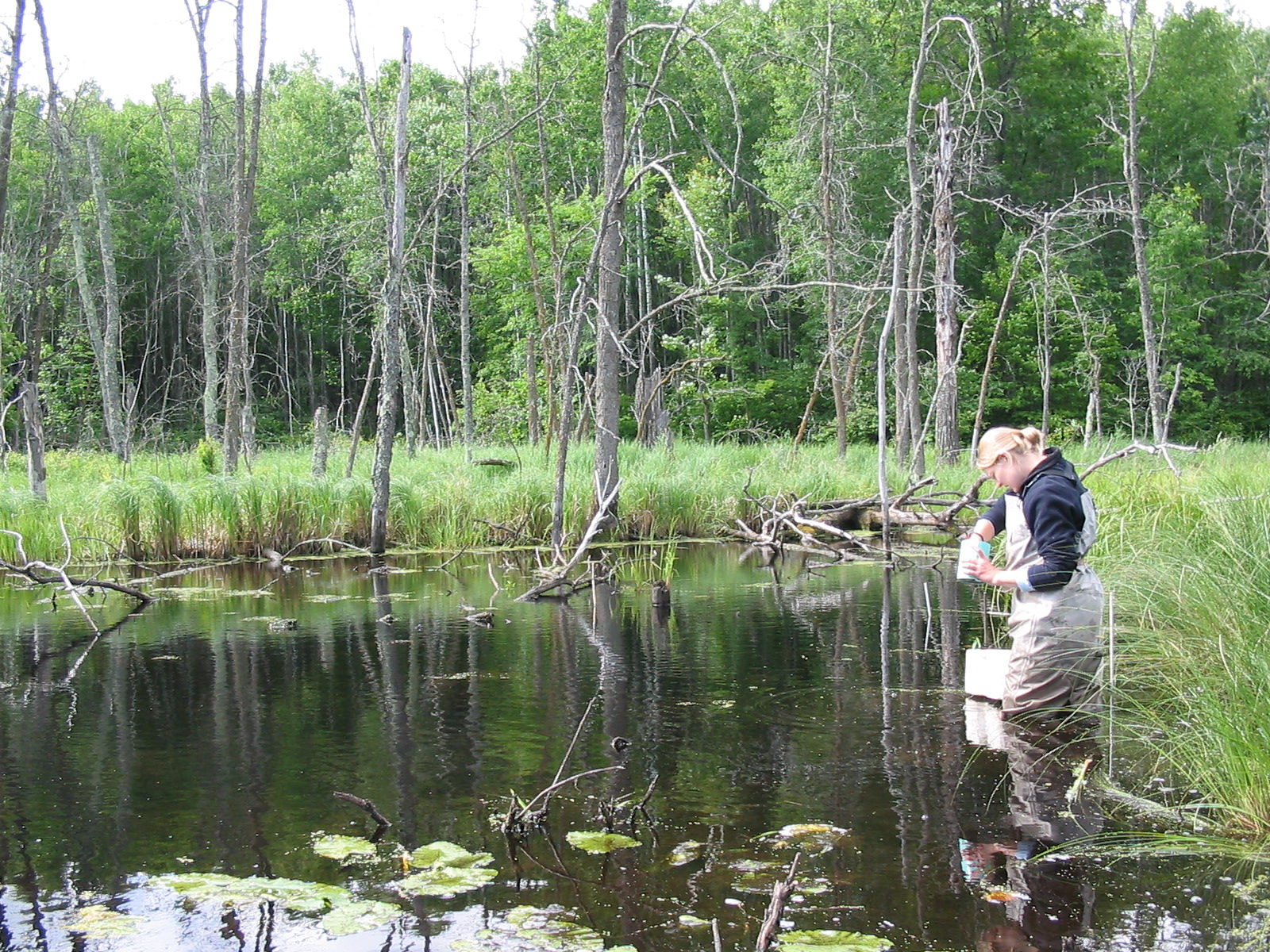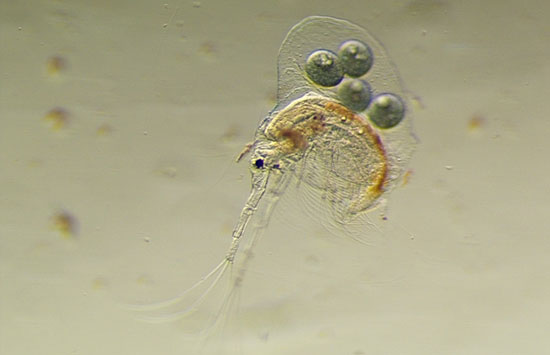California coalition seeks suit over water pollution
0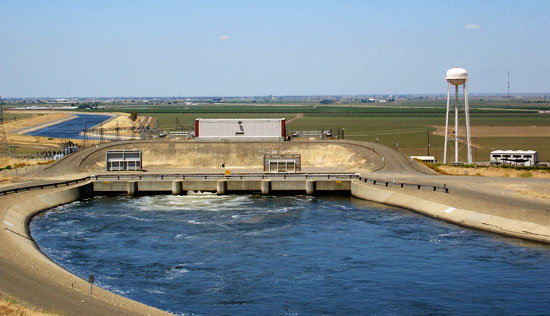
The California Aqueduct in San Joaquín Valley, Calif.
The California Westlands Water District has long been the battleground for environmentalists and corporate farmers. Recently, a team of environmental and sport fishing organizations banded together to express their desire to sue both the district and federal government for breaching the Clean Water Act.
“It’s time to enforce the law and make these polluters meet protective water quality standards,” Bill Jennings, a member of the California Sportfishing Protection Alliance, told the Napa Valley Register.
The district, located in San Joaquin Valley, receives an estimated five inches of rain per year, according to the Columbia University blog State of the Planet. Such little rainfall would not be adequate to transport noxious levels of selenium, boron, and chromium, which are found naturally in the soil.
However, the agricultural runoff caused from pumping more than one million acre-feet of water annually for irrigation carries high levels of the chemicals into the San Joaquin River and its secondary waterways.
In limited doses, the three chemicals are beneficial. For example, boron aids in construction of sturdy bones and muscles. The highest level of boron human adults can ingest without negative effects is 20 mg, according to Medline Plus. Higher dosages can cause impotency headaches, tremors, and diarrhea.
High levels of the chemicals have had an adverse effect on animals as well. During the 1970s, the U.S. Fish and Wildlife Service began receiving reports of deceased and malformed birds and fish. In 1983, birds at the Kesterson Wildlife Refuge perished in droves due to selenium poisoning, according to the Napa Valley Register.
Environmentalists have expressed fears of a similar catastrophic event if nothing is done. Corporate farms have suggested increasing pumping to dilute the water and decrease the chemicals’ toxicity levels in the runoff. But the opposition says this solution would do more harm than good.
“These west side irrigators want to crank up the pumping to divert fresh water, while at the same time increasing the chemical brew dumped into the San Joaquin River and Bay- Delta Estuary,” said Larry Collins, Crab Boat Owners Association.
Both farmers and water districts have attempted to reduce drainage water, according to the California Water Impact Network. To address the problem, they have recycled, blended, and reused their water with some margin of success. However, the network has determined retiring the lands from irrigation as the “most cost-effective and reliable” approach.
Toxic Waters in the Gilded State [Columbia University Water Center blog: State of the planet] Poisoned Lands, Polluted Water [California Water Impact Network] Lawsuit could be near on water pollution laws [Napa Valley Register] Boron: Medline Plus Supplements [Medline Plus Supplements] Dietary Supplement Fact Sheet: Selenium [Office of Dietary Supplements] Dietary Supplement Fact Sheet: Chromium [Office of Dietary Supplements]
Image Credit: http://www.flickr.com/photos/omaromar/16809250/




